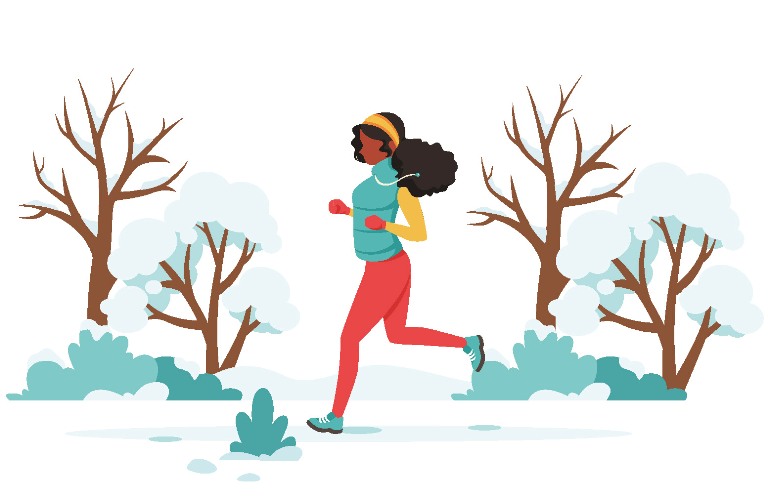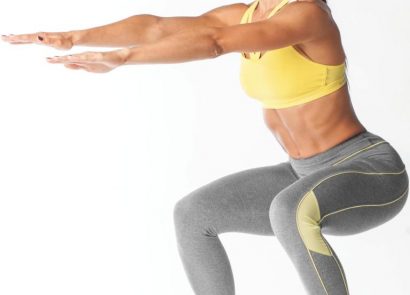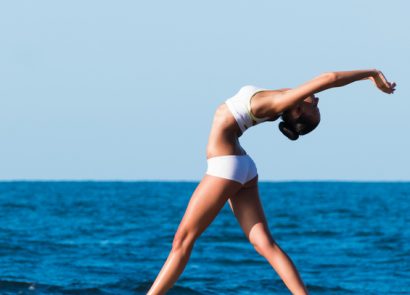Like clockwork
There’s nothing like the arrival of winter to make you want to bury your head deeper into your duvet to avoid working out in the cold. For some, training in a gym surrounded by others simply isn’t appealing or the self-discipline needed for a home workout is harder than it seems – trust us, we know. But, those exercise-outdoors-types might be onto something. Getting outside for a run or bike ride means you’re exposed to more natural light, helping to battle the winter blues (AKA seasonal affective disorder) and you could even burn more calories as a result. “Spending time exercising outdoors also helps to regulate your circadian rhythm, which is your internal clock that tells you when to sleep and when to be awake,” explains Cecilia Harris, a personal trainer and the co-founder of Results Wellness Lifestyle (resultswellnesslifestyle.com). “This means that you’re more likely to be alert during the day and even have more energy for exercise, as a result.”
Cold snap
And, let’s not forget the stress-relieving powers of the great outdoors. Cecilia says that you can build up a lot of mental tension if you spend a lot of time inside without even realising it. “By being outside, you’re leaving your current situation behind and giving yourself some allotted time away to focus on exercise, removing tension and decreasing stress levels,” she adds. So far, so good. But with this in mind, is there anything you should be wary of when training outdoors? Unlike exercising in the comfort of your own heated house, for example, the risk of hypothermia is real, which could happen if your core body temperature becomes too low. “Colder muscles and tendons are at greater risk of injury, so make sure you incorporate a proper warm-up,” recommends Dean Hodgkin, head of programming at TRUCONNECT by TV.FIT (truconnect.fit). Your typical hamstring stretch won’t quite cut it either, as your movements need to be dynamic and rhythmical for better joint health. “Instead, think: wrist and ankle circles, progressing to elbow and knee circles, and then on to large arm and leg circles. Articulating the major joints in this way not only increases internal temperature, but it’ll also encourage the production of synovial fluid, which lubricates and therefore protects your joints,” he adds.
Layer up
Okay, warm up done – what about clothing? The best plan of action is to layer up and be prepared, which means covering your extremities, according to the experts. This might look like wearing a headband to cover your ears, thin gloves and good-quality socks to keep your circulation in check. And if you’re feeling less-than-motivated to get those running shoes on? Cecilia recommends making it a social occasion. “Exercise can become a lot more fun if you involve family and friends. Instead of meeting a friend for lunch or coffee, consider going for a walk or jog or park workout together. All you need to get a fantastic workout is a safe, well-lit park, track, neighbourhood or walking trail and your bodyweight. No gym membership required!”




















